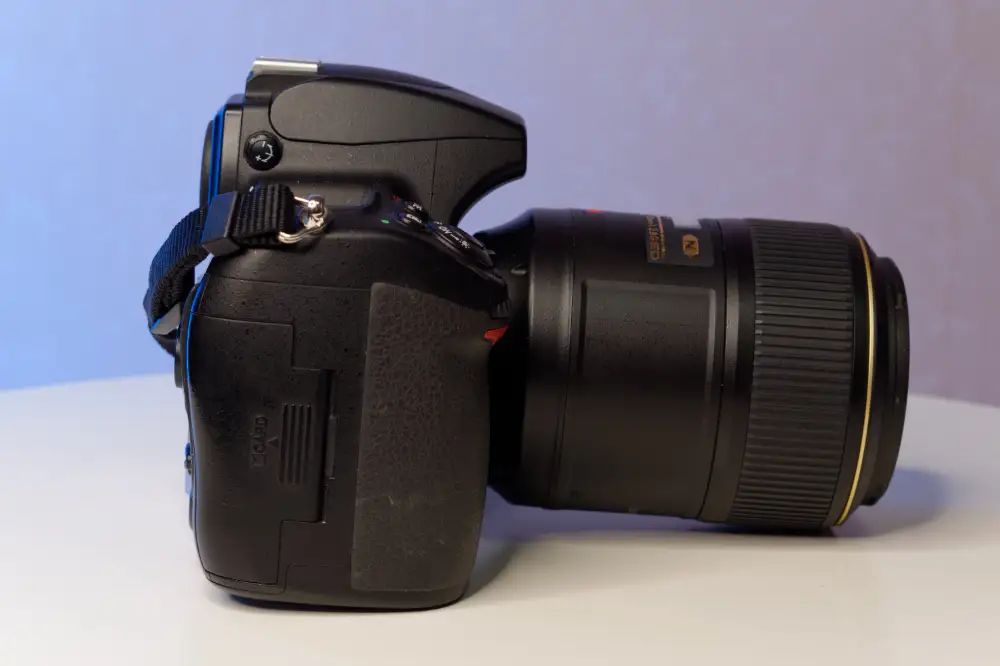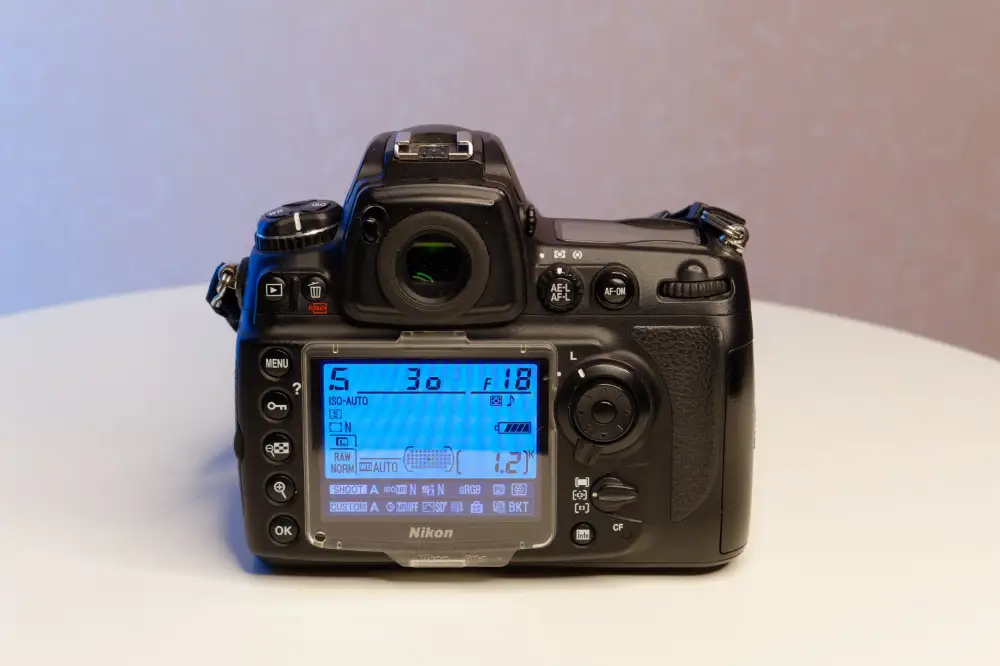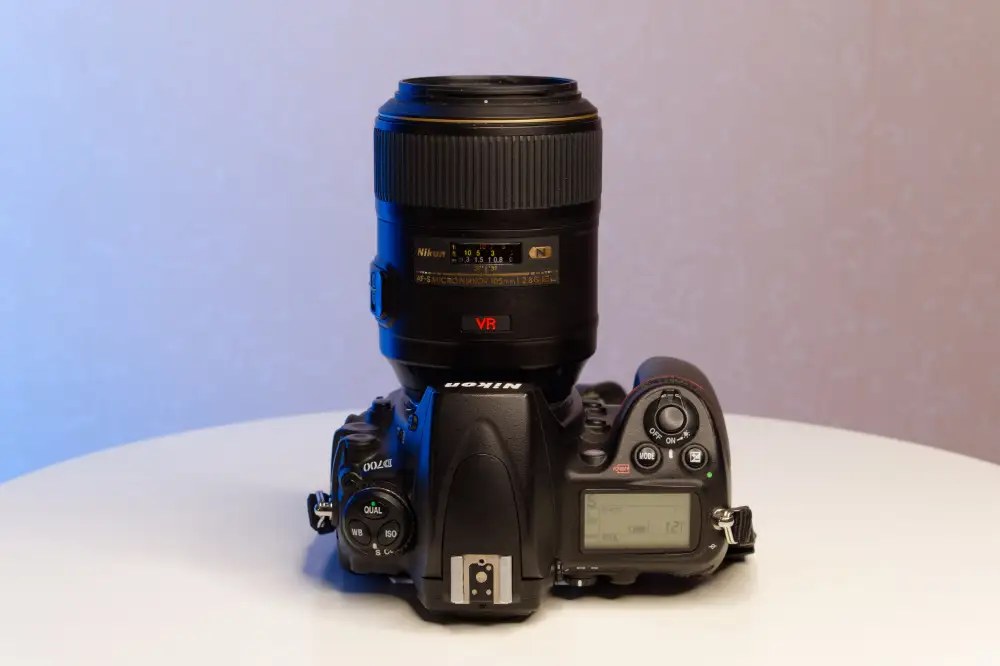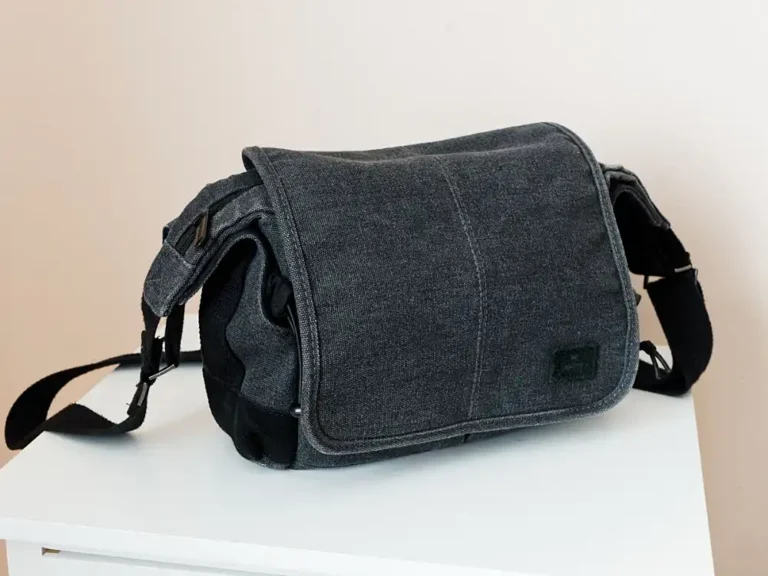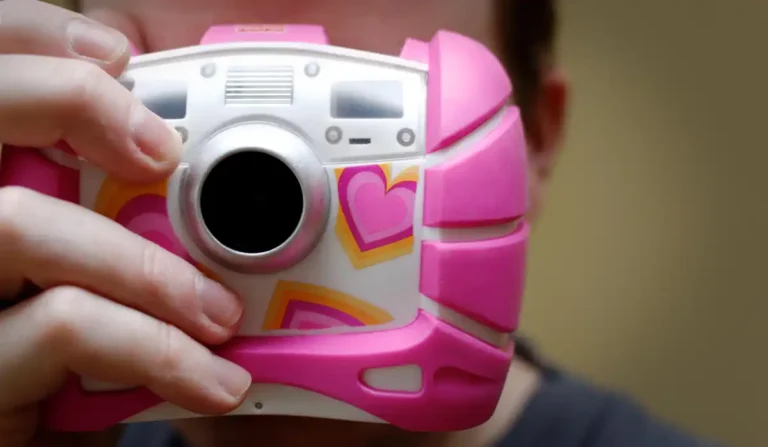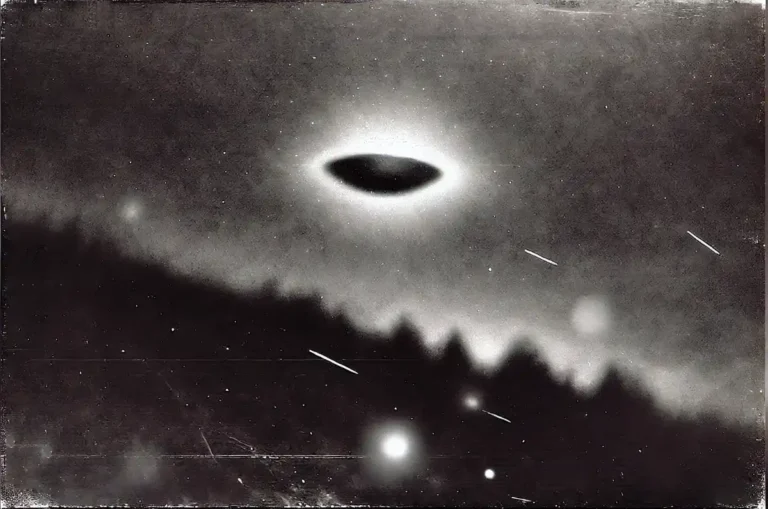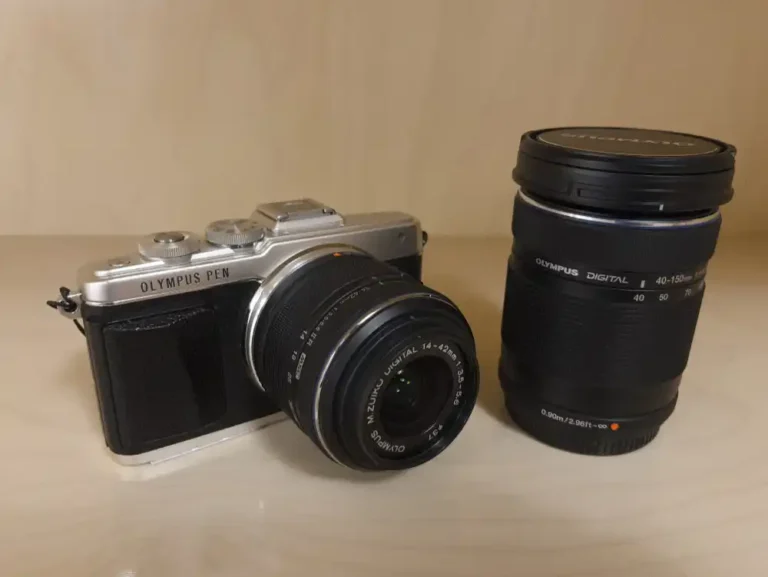Oh Boy, Here We Go Again: My Unexpected Nikon D700 Adventure
Here we go again. I made a “mistake” and went browsing the used camera market. Just looking, I told myself. I was initially searching for a new macro lens for my trusty Nikon D5500—something to help me get those crisp close-ups I’ve been dreaming about. Then, like a siren call, a Nikon D700 popped up with the very lens I was looking for: the Nikon AF-S 105mm f/2.8G IF-ED VR Micro. It was one of those too-good-to-pass-up deals. I didn’t hesitate—I hit “Message seller” with the same precision that I’d later find in the D700’s shutter. I hadn’t even researched the D700 yet, but I’m glad to report: it was a good blind purchase.
From the Compact D5500 to the Mighty D700
The Nikon D5500 has been my go-to for personal photography, a compact and travel-friendly Nikon DX size body and lens combination is easy to grab with for all trips. But as I started digging into the D700’s specs, I realized it could offer something a bit different. With its full-frame sensor, praised low-light performance, and rugged design, the D700 was a professional workhorse in its day. Plus, the D700 opens up a new world of possibilities for picking up older Nikon lenses—another area where I’m sure I’ll “accidentally” find more deals.
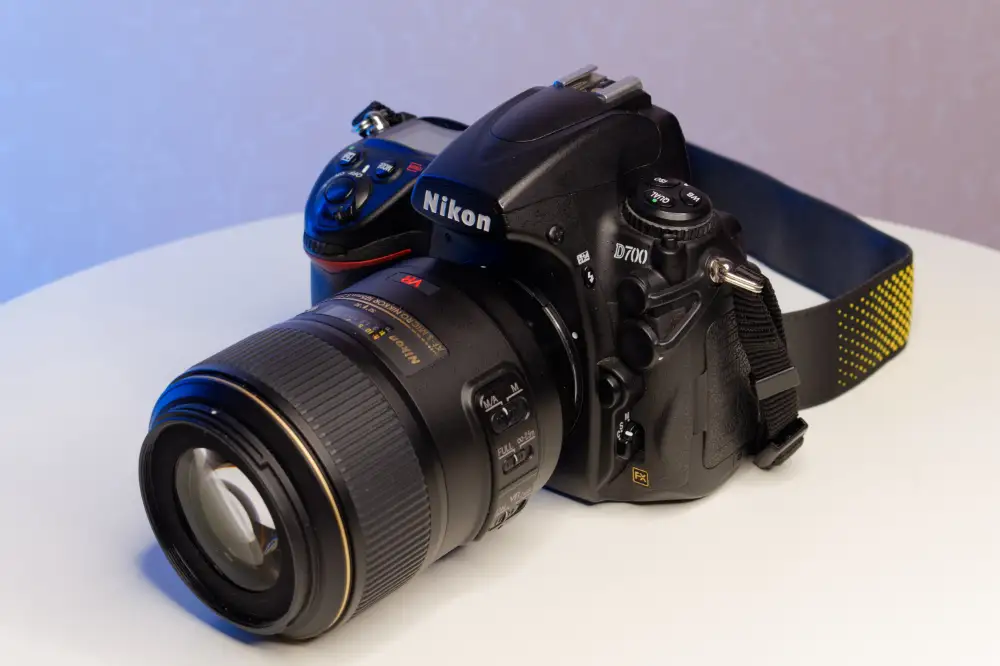
First Impressions with the Nikon D700
After the D700 arrived, I couldn’t resist testing it out with the Nikon AF-S 105mm f/2.8G Micro lens. This combination, though admittedly heavy, has an incredible balance in the hand. The first thing that struck me was the D700’s build and feel—this camera is substantial. I have long fingers, so smaller cameras sometimes feel a bit cramped; the D700, on the other hand, feels like it was made just for me. Every button is exactly where it needs to be, allowing me to adjust settings on the fly without even a glance. The ergonomics? Absolutely fantastic.
The 12.1-megapixel resolution had me a bit skeptical initially—2024 demands higher resolution, right? But honestly, the D700 has proven me wrong. The RAW files are flexible and handle post-processing well. Even with the lower megapixel count, I’m consistently impressed by the details I can pull from the shadows, the smooth tones, and the color depth. I’m not aiming for billboards, so for my purposes—portrait and macro work—this resolution does the job perfectly.
One thing that truly stands out is how the D700 handles high ISO settings. The noise isn’t the harsh, digital type you see in many modern cameras; instead, it has a natural, film-like quality that gives the images a unique character. It feels like a subtle nod to the analog era, adding depth and charm to low-light shots. This special characteristic sets the D700 apart from newer digital cameras, and I can’t get enough of it.

Using the D700: A Macro and Portrait Powerhouse
This camera will primarily be used for two things: macro photography and portraits. With the 105mm macro lens, the D700 has shown itself to be a serious tool for capturing fine details. The full-frame sensor’s depth and smooth bokeh add a certain elegance to close-ups, and portraits take on a rich, natural feel that only an older, well-made sensor can achieve.
Why Buy Second-Hand? The Hunt and the Savings
Buying second-hand gear can be a great way to build a professional setup without breaking the bank. There are gems out there, but as with any treasure hunt, caution is key. I always do a bit of research on the seller and trust my instincts—if something feels off, it probably is. Luckily, my instincts were right with this one, and I ended up with a camera that’s become a fast favorite.
Wrapping Up
So, was it a “mistake” to browse the second-hand market? Maybe, but I’m glad I did. The D700 is everything I didn’t know I was looking for—a camera with classic Nikon charm, rock-solid ergonomics, and the image quality to back it up. It might be 16 years old, but sometimes, like a fine wine (or a 105mm macro lens), a classic is all you really need.
